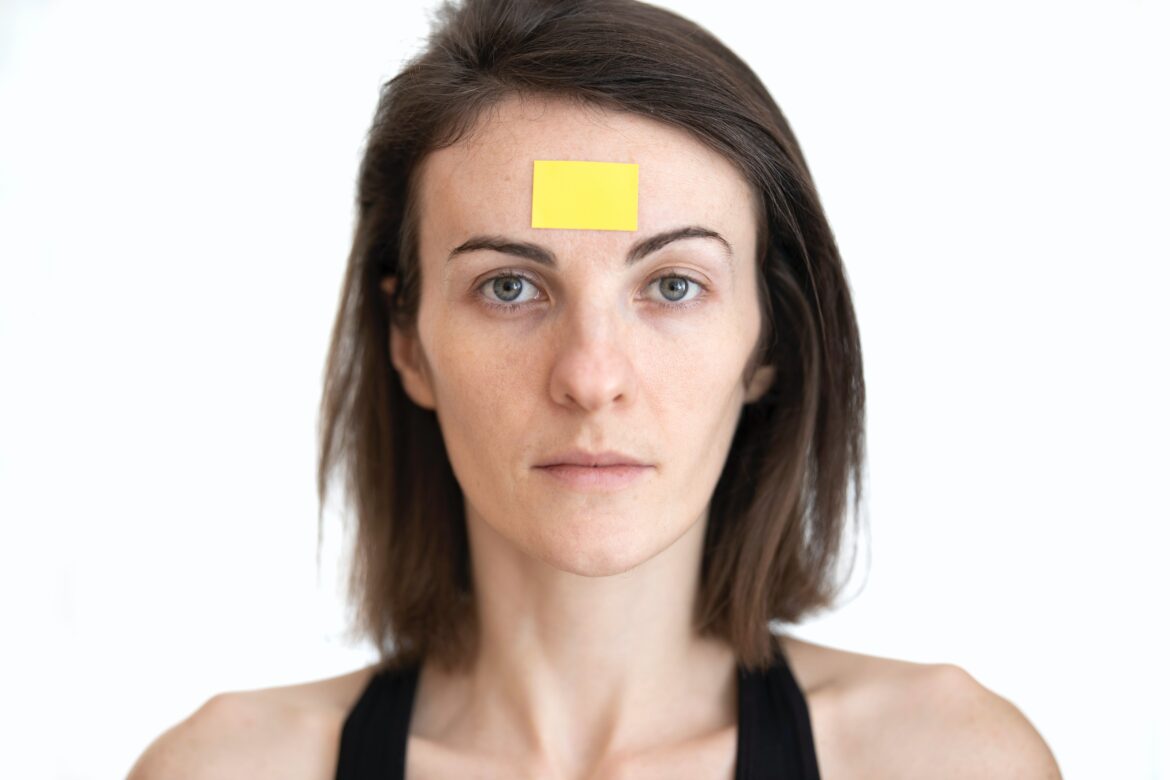Skin tags are formed due to the overgrowth of the outer layer of skin. They appear as fleshy, small growths, which extend from the skin and are connected to the skin by a thin stalk. They are mainly found in the areas of skin folds such as the armpits, neck, chest, below the breasts, eyelids, and even in the groin area. Skin tags vary in shape and color. Some tags are smooth, while some are bumpy and irregular. Some tags are flesh-colored, while some have pigments, due to which they differ from the rest of the skin. Usually, skin tags grow up to ½ inch long, and then, they stop growing. Skin tags are more commonly found in women than in men. They are more common in adults, starting in middle age. Overweight people or people with diabetes are at a higher risk of skin tags.
How to Remove Skin Tags
A skin tag is one of the most common skin problems. They are generally painless, but if rubbed against clothes or jewelry, they may become irritated and painful. It may lead to scrapes and infections. Although skin tags are harmless, they are bothersome for cosmetic reasons, if present on the eyelids or facial areas. Hence, they need to be removed. If you ask how to remove skin tags, there are a number of safe and effective methods to remove them. Let’s know in detail the process of skin tag removal.
Skin Tag Removal For The Patient Person (Or Those Afraid of Pain)
For those interested in removing their skin tag with less pain and willing to wait a few days, dental floss or thin string is the answer. Simply tie the tag off at its base and wait. Over the course of a few days the blood flow to the skin tag will be cut off, and the tag will dry up and fall off.
Skin Tag Removal For The Brave Ones
Your doctor will probably use one of the following methods for skin tag removal:
- Freezing – Also known as Cryotherapy, freezing is the most common way to treat skin tags. Normally, liquid nitrogen is used to kill the skin cells, making them fall off.
- Cauterizing – With this method, the skin tag is snipped off first, and then the area is cauterized with a source heated with electricity.
- Ligation – Skin tag removal using ligation is done by tying the tag at its base with a string. The tag will gradually shrink and fall off.
Persistence Pays Off
The above methods may not be suitable for all skin tags. If you have one in an inconvenient place or are simply uncomfortable with cutting your own skin (quite understandably) you may want to consider one of the following methods. All are very inexpensive and easy to perform. Each will, however, need to be repeated several times to be effective.
Here are some home remedies for natural skin tag removal that you can try.
1. Apple Cider Vinegar for Skin Tags

Dip a cotton ball in ACV and apply it to where you have the skin tag on your skin and use duct tape to hold the cotton ball firm on it. Allow sitting for an hour before removing it. The acidity of the vinegar aids quick shedding of the skin tag, for best result, apply twice daily until it falls off completely.
2. Banana Peel

Banana peels have been shown to be effective in removing warts with their enzymes and acids. The same chemicals found in the peel can help to shed skin tags.
Cut a small portion of the peel. Apply the fibrous part (white side) of the peel on the skin tag for an hour or so.
3. Baking Soda

Mix a little castor oil with baking soda to form a paste. Apply this paste on the skin tag and rinse it off after 1-2 hours. Repeat the process for 4 weeks, and you will notice the skin tag disappearing slowly.
4. Garlic paste
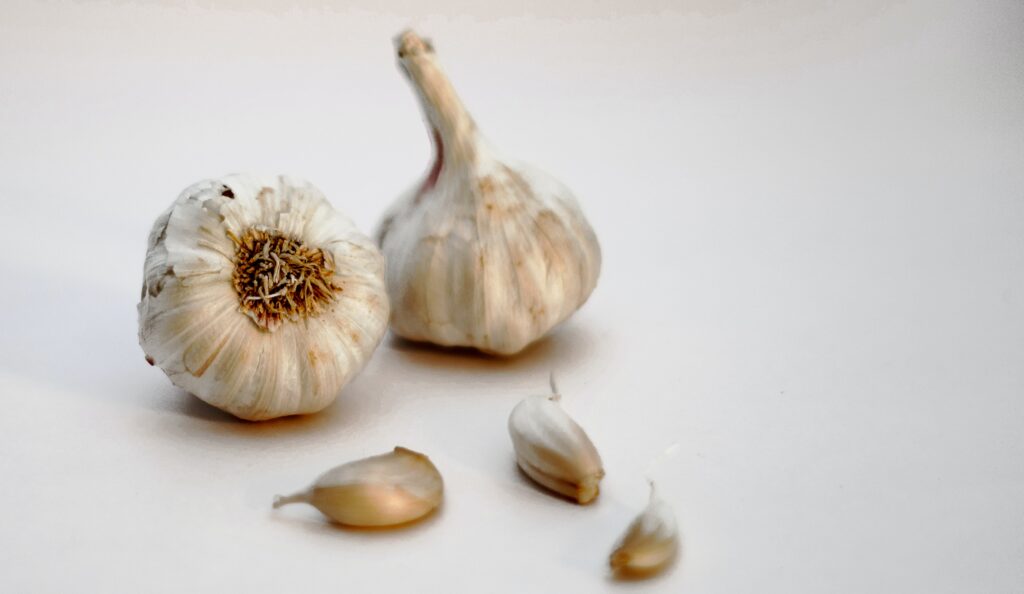
Garlic is antibacterial and antifungal in nature. Grind the fresh garlic cloves into a paste, and apply the paste on the skin tag. Wash it off after an hour or so.
Repeat twice a day after a few days, the tag will fall off, leaving behind smooth skin.
5. Ginger juice

wash the skin tag and the surrounding area and pat it dry. Apply the ginger juice with a cotton ball on it for a minute or two, allow to sit for 10 minutes then rinse out with water. For best results apply 4-6 times daily.
6. Castor Oil
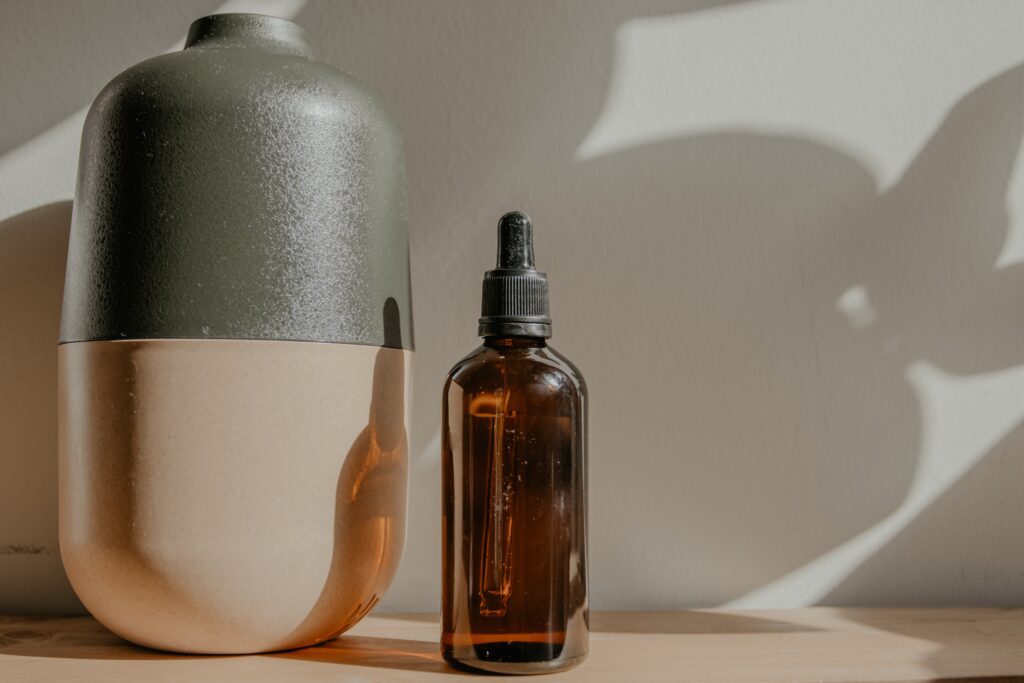
Apply castor oil on the skin tag and cover it with a bandage.
The strong phytochemicals present in castor oil are often used to remove warts, moles, and skin tags. An additional benefit of using this oil is that it has wound-healing and skin-conditioning properties. Once the skin tag is gone, your skin will heal quickly and be hydrated and moisturized.
7. Coconut oil
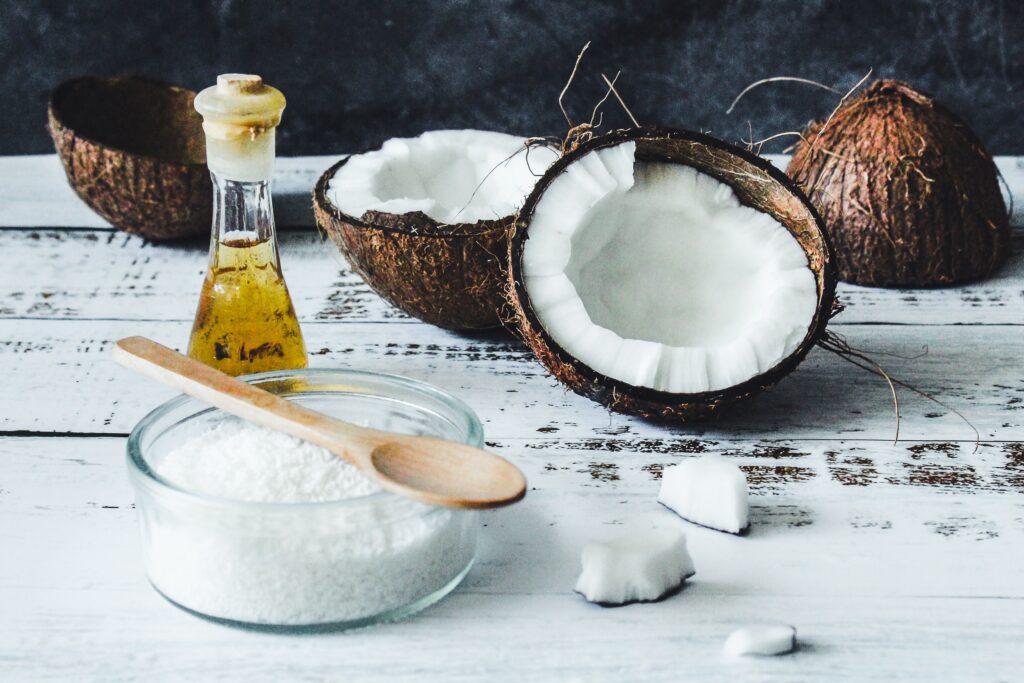
Coconut oil contains lauric acid and alpha-tocopherol that help to remove skin tags in a matter of a few weeks. Regular use of coconut oil on the skin tag helps eliminates it.
Tea Tree Oil; Dilute the tea tree essential oil in the carrier oil (olive oil, coconut oil or almond oil) and apply the blend on the skin tag.
Repeat this 2-3 times every day until the skin tag sheds.
Tea tree oil dries up the skin tag and helps in speeding the shedding process.
It is also antimicrobial in nature. This means that it will protect the skin from infections once the skin tag is out.
Oregano Oil; has antimicrobial, anti-inflammatory, and antioxidant properties.
It is often used for treating skin conditions like acne, and eczema. Mix the oils and apply the mixture on the skin tag. Apply 2-3 times daily.
8. Almond Oil

Almond oil is rich in vitamin E.
It hydrates your skin and speeds up the healing process once the tag has fallen off.
It also eases the process of decay and death of the skin tag and keeps your skin nourished. Apply this oil on the affected area regularly until you see positive changes.
9. Lemon Juice

The citric acid in lemon juice removes the dead cells. In 2-3 weeks, you will notice that the skin tag is slowly decomposing. Dip your cotton ball in lemon juice and apply it to the affected area.
10. Aloe Vera Juice
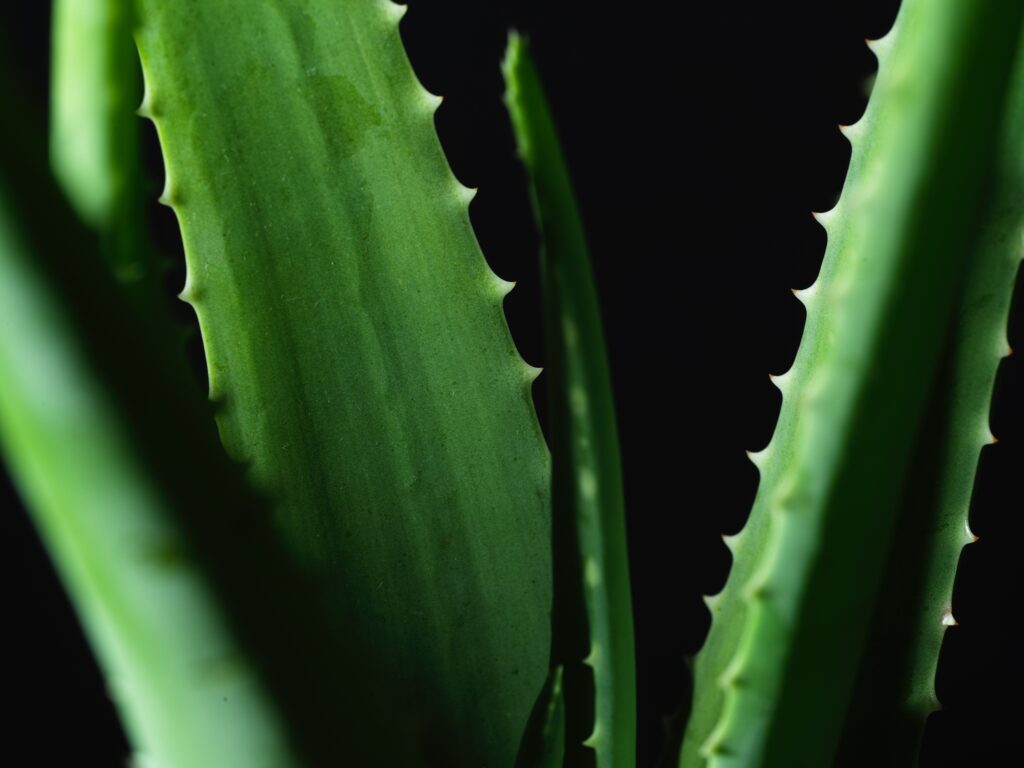
Massage the skin tag and the surrounding area for a minute or two with aloe vera juice.
11. Onion Juice

Add the salt to the water and mix well.
Soak the onion slices in overnight. Apply this water to the affected area. Repeat this 2-3 times a day.
Use fresh onion-soaked water every day.
Rich in sulfur-containing compounds, this commonly used vegetable also contains plenty of antioxidants and helps to heal scars.
The remedies mentioned above are both low-cost and effective options to remove skin tags. At the end of the day, it boils down to whether you want to sweat it out at a dermatologist’s office or whether you want to try removing them at home.
